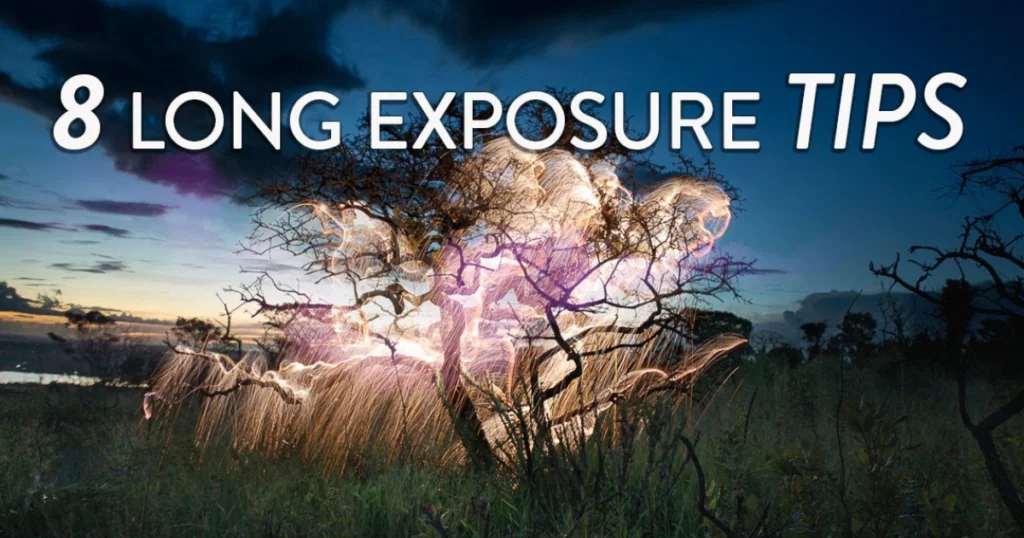When it comes to capturing the perfect shot, the quality of your lens is just as important as your camera body. For Nikon enthusiasts, understanding the array of lenses available is crucial for taking your photography to the next level. Whether you’re a seasoned professional or just starting, knowing which Nikon lens best suits your needs can make all the difference. This 2024 guide will explore everything you need about Nikon lenses, from wide-angle to telephoto, prime to zoom, and more. Discover the top picks and expert advice to help you achieve stunning photos, no matter the subject or style. Find the best tips and expert advice to help you achieve stunning images.
- Read More famous portrait photographers
Nikon AF-S NIKKOR 500mm f/4E FL ED VR Lens Specs
- Focal Length: 500mm
- Maximum Aperture: f/4
- Lens Construction: 16 elements in 12 groups
- Minimum Focus Distance: 11.9 ft (3.6 m)
- Image Stabilization: Vibration Reduction (VR) with up to 4 stops of compensation
- Filter Size: 40.5mm (drop-in)
- Weight: Approx. 6.8 lbs (3.09 kg)
- Special Features: Fluorite and ED glass elements for reduced chromatic aberration; Nano Crystal Coating for minimizing ghosting and flare.
Nikon D750 with 85mm Lens:
Pairing the Nikon D750 with the Nikon 85mm f/1.8G is a popular choice for portrait photography:
- Focal Length: 85mm
- Aperture: f/1.8 (ideal for low light and depth of field control)
- Lens Type: Prime lens
- Compatibility: Full-frame (FX) format
- Best Uses: Portraits, low-light conditions, and shallow depth of field for smooth background blur (bokeh).
Lens Collar for Nikon Z 70-180mm f/2.8
- Lens Collar: The Nikon Z 70-180mm f/2.8 has no standard tripod collar, but third-party manufacturers offer compatible lens collars. The collar helps balance the camera lens setup, especially when using a tripod for stability.
Best Lens Settings for Nikon Z 135mm f/1.8
- Aperture: For portrait photography, set a wide aperture (around f/1.8 to f/2.8) for soft background blur and sharp subject focus.
- Shutter Speed: Use a fast shutter speed, especially if shooting handheld. A minimum of 1/160 sec or faster is ideal to avoid camera shake.
- ISO: Set your ISO to 100-400 for well-lit scenes, or increase if shooting in low light.
- Focus Mode: Use single-point autofocus (AF-S) for precise subject focusing, especially in portraits.
Nikon D80 Broke with the Wrong Lens:
If your Nikon D80 was damaged due to using an incompatible lens, it may have resulted from mounting a lens with incorrect mechanical or electrical connections. Manual or third-party lenses with proper adapters can sometimes avoid issues with older DSLR bodies.
Nikon D810 Lens for Travel:
For travel, versatility is vital. Consider the Nikon AF-S NIKKOR 24-70mm f/2.8G ED:
- Focal Length Range: 24-70mm (ideal for wide-angle landscapes and portraits)
- Aperture: f/2.8 (constant aperture, useful in low-light conditions)
- Best Uses: Landscapes, street photography, portraits, and general travel photography.
Nikon Manual F-Mount Lens:
Nikon’s F-Mount manual focus lenses offer excellent performance for vintage photography enthusiasts:
- Popular Model: Nikon NIKKOR 50mm f/1.2 AI-S
- Features: Fully manual aperture and focus control, with excellent build quality and optical performance for those looking to achieve a classic, hands-on photography experience.
Faqs about all Nikon lens
What is the best Nikon lens for portraits?
The Nikon 85mm f/1.4G or f/1.8G is often recommended for portraits due to its flattering focal length and ability to create beautiful background blur (bokeh). Other popular portrait lenses include the 50mm f/1.8G and 105mm f/1.4E.
What is the difference between DX and FX lenses?
DX lenses are designed for Nikon’s APS-C (crop sensor) cameras, while FX lenses are made for full-frame cameras. DX lenses can be used on FX bodies but will cause a crop effect. FX lenses can be used on DX bodies, but the field of view will be narrower.
What does VR mean on Nikon lenses?
VR stands for Vibration Reduction. It helps reduce camera shake, allowing for sharper images at slower shutter speeds. It’s beneficial in low-light conditions or when using telephoto lenses.
Can I use older Nikon F-mount lenses on newer Nikon cameras?
Yes, Nikon’s F-mount has remained compatible over many years. Older manual focus lenses can be used on modern DSLRs and mirrorless cameras (with an adapter for Z-series). However, depending on the combination, features like autofocus and metering may be limited.
How do I clean and maintain my Nikon lenses?
Use a microfiber cloth or lens cleaning tissue for the glass and a blower or brush for dust. Avoid using harsh chemicals. Keep your lenses in a protective case to prevent dust and moisture from entering. Regular cleaning and proper storage can extend your lens’s lifespan.
How do I update the firmware on my Nikon lens?
Firmware updates for Nikon lenses can be installed via a compatible Nikon camera. Visit Nikon’s support website to download the latest firmware version, and follow the on-screen instructions provided by the camera menu to complete the update.
What Nikon lens is best for macro photography?
The Nikon 105mm f/2.8G IF-ED VR Micro is one of the best Nikon lenses for macro photography due to its sharpness, focal length, and close focusing capabilities. Another good option is the Nikon 60mm f/2.8G.
Conclusion
In conclusion, it becomes evident that Nikon lenses provide a wide range of options for every kind of photographer, from entry-level to professional. Whether you’re into shooting animals in the wild, people with beautiful backgrounds, or travelling, knowing every lens’s details can dramatically improve your final shots. With the right lens and configuration settings, you will be well-convinced to take some of the most magnificent photos through your Nikon camera. Stay busy, and do not hesitate to be creative in deriving maximum benefits from Nikon lenses, which are almost inimitable.






